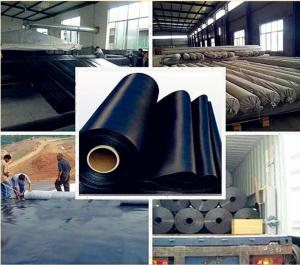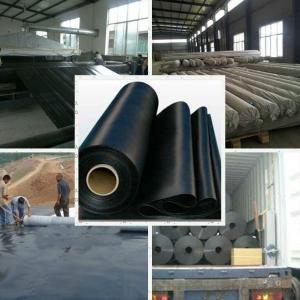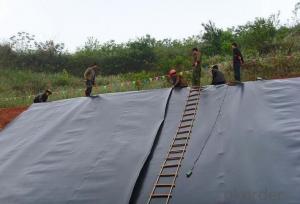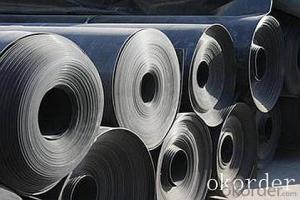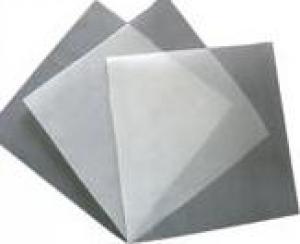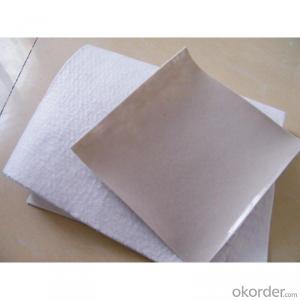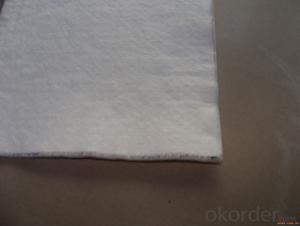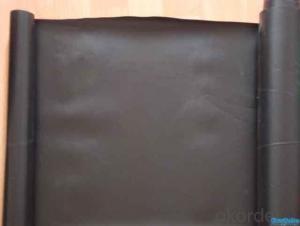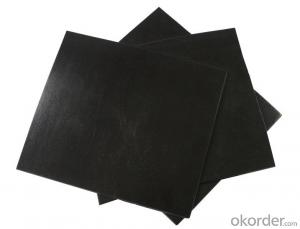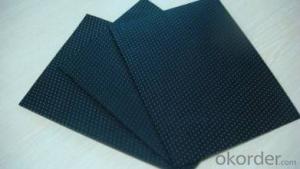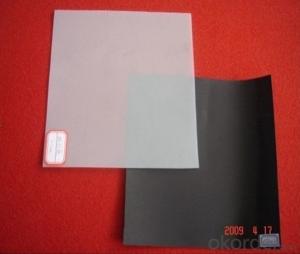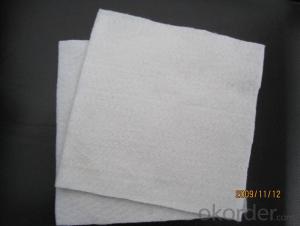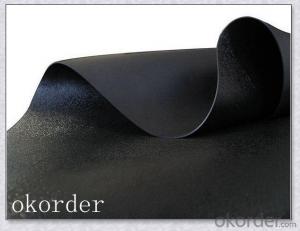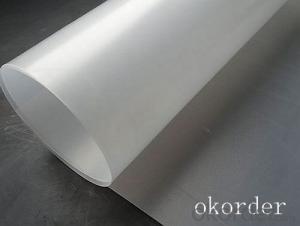All Categories
- - Steel Wire Rod
- - Steel Coils
- - Steel Profiles
- - Steel Pipes
- - Stainless Steel
- - Tinplate
- - Special Steel
- - Steel Sheets
- - Steel Rebars
- - Steel Strips
- - Hot Rolled Steel
- - Cold Rolled Steel
- - Pre-painted Steel
- - Seamless Steel Pipe
- - Welded Steel Pipe
- - Hollow Steel Tubes
- - Galvanized Pipe
- - Stainless Steel Coil
- - Stainless Steel Sheet
- - Stainless Steel Plate
- - Stainless Steel Strips
- - Electrolytic Tinplate Coil
- - Electrolytic Tinplate Sheet
- - Stainless Steel Rebars
- - Solar Panels
- - Solar Water Heater
- - Solar Related Products
- - Solar Inverter
- - Solar Cells
- - Solar Light
- - Solar Energy Systems
- - Solar Controllers
- - Solar Mounting System
- - Solar Pump
- - Solar Chargers
- - Fiberglass Chopped Strand
- - Fiberglass Mesh Cloth
- - Composite Pipes
- - FRP Pultrusion Profiles
- - Fiberglass Mat Tissue
- - Fiberglass Fabrics
- - Fiberglass Mesh
- - Composite Tank
- - Fiberglass Mesh tape
- - Polymer
- - FRP Roofing Panel
- - Fiberglass Roving
- - Monolithic Refractories
- - Ceramic Fiber Products
- - Refractory Bricks
- - Raw Materials For Refractory
- - Suspended Platform
- - Cranes
- - Concrete Machinery
- - Earthmoving Machinery
- - Building Hoist
- - Road Building Machinery
- - Plastic Pipe Fittings
- - Plastic Tubes
- - Plastic Sheets
- - Agricultural Plastic Products
- - Plastic Nets
 All Categories
All Categories
Q & A
What are the installation methods for geomembranes in various geotechnical applications?
There are several installation methods for geomembranes in various geotechnical applications. Some common methods include anchoring the geomembrane using ballast, such as rocks or concrete blocks, applying mechanical fasteners, such as screws or nails, using adhesive bonding, or heat welding the geomembrane seams. The choice of installation method depends on factors such as the specific geotechnical application, site conditions, and desired longevity of the geomembrane system.
How are geomembranes tested for quality and performance?
Geomembranes are tested for quality and performance through various methods such as visual inspection, physical testing, and laboratory analysis. Visual inspection involves assessing the material for any visible defects, such as holes, tears, or inconsistencies in thickness. Physical testing includes measuring properties like tensile strength, elongation, puncture resistance, and seam strength to ensure the geomembrane can withstand the required loads and stresses. Laboratory analysis involves conducting tests to determine the material's chemical resistance, UV stability, and permeability. Overall, these tests help ensure that the geomembranes meet the required standards and perform effectively in their intended applications.
What are the considerations for geomembrane installation in high altitude areas?
There are several considerations for geomembrane installation in high altitude areas. Firstly, the extreme weather conditions, including low temperatures and high winds, can affect the installation process and the performance of the geomembrane. Special measures may need to be taken to ensure proper bonding and anchoring of the geomembrane to withstand these conditions.
Secondly, the altitude itself can affect the air pressure, which may impact the integrity of the geomembrane. It is important to ensure that the geomembrane material is suitable for high altitude installations and can withstand any pressure differentials that may occur.
Additionally, the terrain in high altitude areas can be challenging, with steep slopes and uneven surfaces. Proper site preparation and slope stabilization measures may be required to ensure a successful installation and prevent any potential damage to the geomembrane.
Lastly, the availability of resources and logistics in high altitude areas may pose challenges for the installation process. It is important to carefully plan and coordinate the transportation of materials and equipment, as well as the availability of skilled labor, to ensure a smooth installation process in these remote locations.
What are the slope stability considerations when using geomembranes?
When using geomembranes for slope stability, there are several considerations to keep in mind. First, it is important to ensure that the geomembrane is properly installed and anchored to prevent any slippage or movement. Secondly, the choice of geomembrane material should take into account its tensile strength and resistance to puncture, as these properties can affect the stability of the slope. Additionally, the slope design should incorporate proper drainage systems to prevent water accumulation behind the geomembrane, which can lead to instability. Finally, regular inspections and maintenance of the geomembrane should be conducted to identify any potential issues and address them promptly to maintain slope stability.
Wholesale Geomembranes from supplier in Malaysia
Our team of experts is highly knowledgeable about the local market conditions, regulations, and requirements in Malaysia. This allows us to provide customized solutions that meet your specific needs and ensure compliance with local standards.
We offer a wide range of high-quality Geomembranes products, including HDPE, LDPE, LLDPE, PVC, and EPDM membranes. These products are designed to provide excellent durability, strength, and resistance to chemicals, UV rays, and punctures.
In addition to supplying Geomembranes, we also provide comprehensive technical support to our customers. Our team of engineers and technicians can assist you in selecting the most suitable Geomembranes for your projects, providing installation guidance, and offering maintenance advice. We are committed to ensuring the success of your projects and strive to build long-term relationships with our customers.
As a subsidiary of CNBM, we have access to a vast network of suppliers, ensuring a steady and reliable supply of Geomembranes products. We also benefit from CNBM's extensive research and development capabilities, enabling us to stay at the forefront of technological advancements in the industry.
At our company, we prioritize customer satisfaction and aim to exceed your expectations. Whether you are working on a small-scale project or a large-scale infrastructure development, we have the expertise, resources, and products to meet your Geomembranes requirements in Malaysia. Contact us today to discuss your needs and let us provide you with the best solutions for your projects.
We offer a wide range of high-quality Geomembranes products, including HDPE, LDPE, LLDPE, PVC, and EPDM membranes. These products are designed to provide excellent durability, strength, and resistance to chemicals, UV rays, and punctures.
In addition to supplying Geomembranes, we also provide comprehensive technical support to our customers. Our team of engineers and technicians can assist you in selecting the most suitable Geomembranes for your projects, providing installation guidance, and offering maintenance advice. We are committed to ensuring the success of your projects and strive to build long-term relationships with our customers.
As a subsidiary of CNBM, we have access to a vast network of suppliers, ensuring a steady and reliable supply of Geomembranes products. We also benefit from CNBM's extensive research and development capabilities, enabling us to stay at the forefront of technological advancements in the industry.
At our company, we prioritize customer satisfaction and aim to exceed your expectations. Whether you are working on a small-scale project or a large-scale infrastructure development, we have the expertise, resources, and products to meet your Geomembranes requirements in Malaysia. Contact us today to discuss your needs and let us provide you with the best solutions for your projects.
